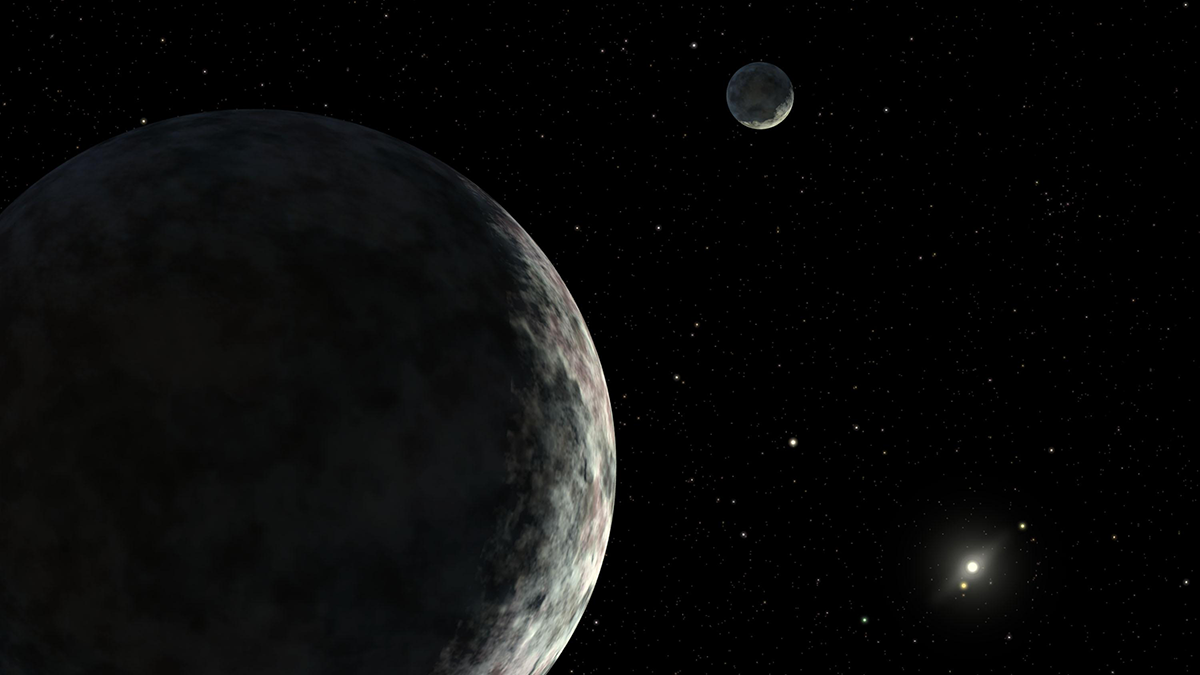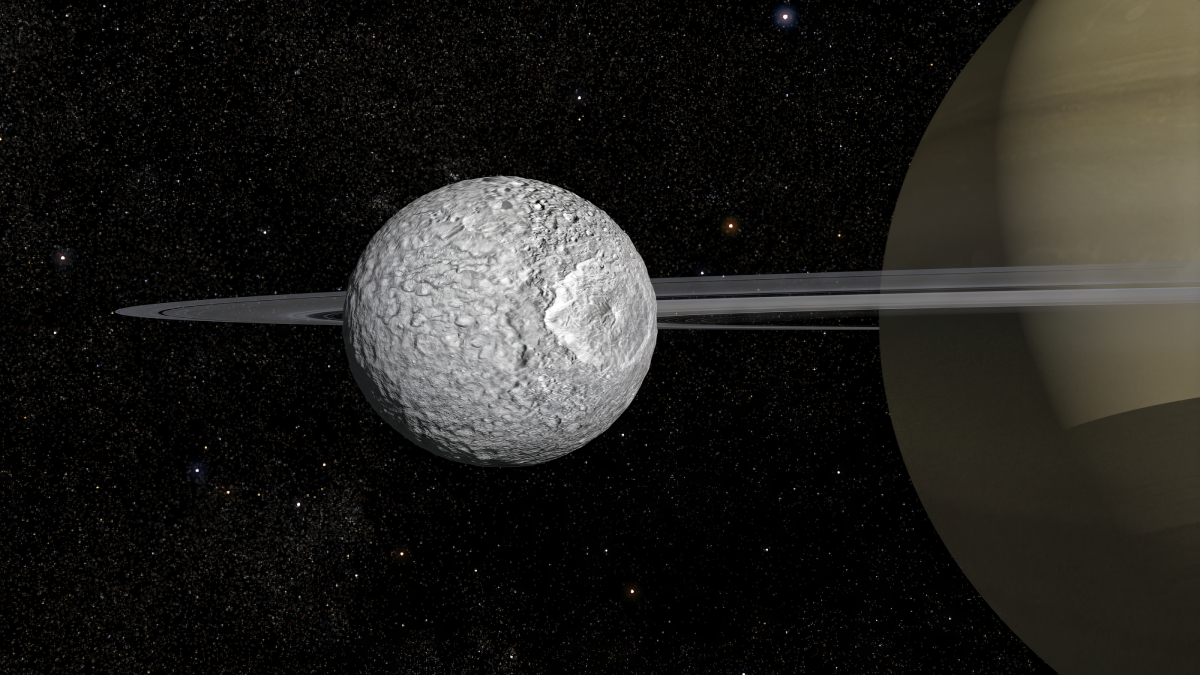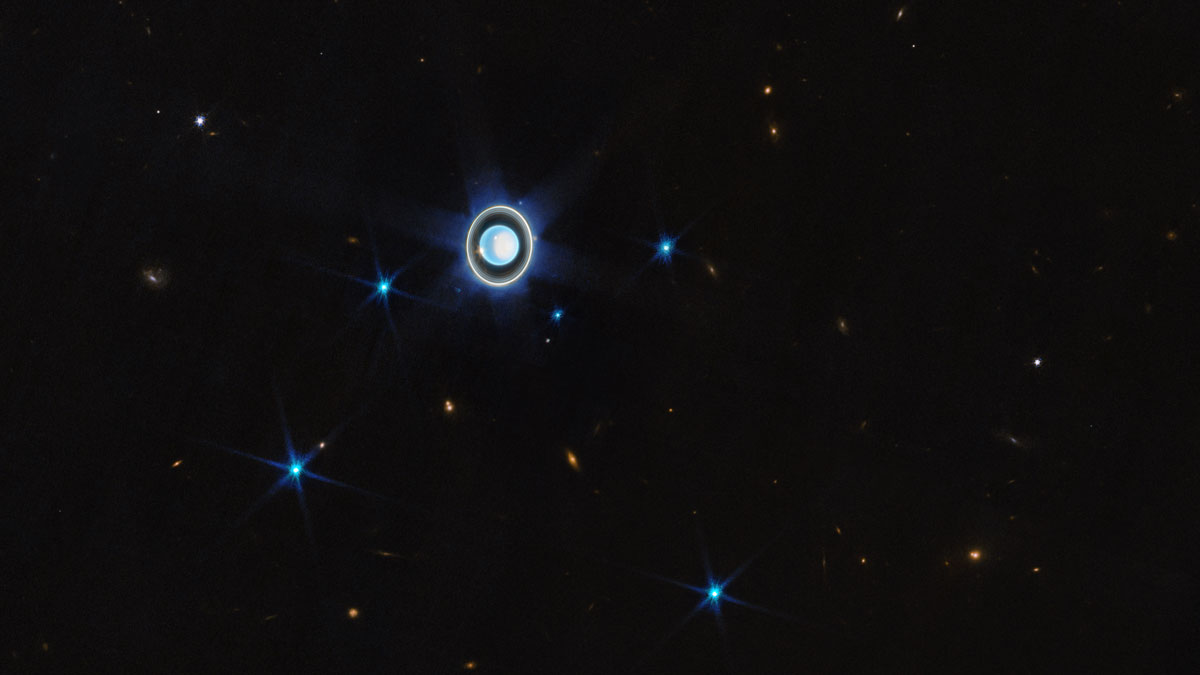Large bodies in the Kuiper Belt and beyond could have hosted subsurface oceans.
ocean worlds
Posted inNews
That’s No Moon; It’s an Ocean World
If Saturn’s cratered moon Mimas has liquid water beneath its surface, ocean worlds might be far more common in the solar system than we thought.
Posted inFeatures
Uranus: Time to Boldly Go
Scientists say now is the time to unlock the secrets of Uranus and suggest a low-cost, low-risk way to do so.
Posted inAGU News
Oceans of Opportunity
Our solar system’s ocean worlds offer scientists intriguing instances of exotic phenomena and fresh prospects in the elusive search for planetary habitability.
Posted inNews
Subsurface Oceans Could Boost Exoplanet Habitability
Researchers have shown that oceans buried below layers of ice are more common than previously thought.





